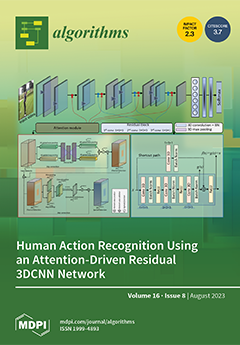In the field of Artificial Intelligence (AI) and Machine Learning (ML), a common objective is the approximation of unknown target functions
using limited instances
, where
and
D represents the domain of interest. We refer to
S as the training set and aim to identify a low-complexity mathematical model that can effectively approximate this target function for new instances
. Consequently, the model’s generalization ability is evaluated on a separate set
, where
, frequently with
, to assess its performance beyond the training set. However, certain applications require accurate approximation not only within the original domain
D but in an extended domain
that encompasses
D as well. This becomes particularly relevant in scenarios involving the design of new structures, where minimizing errors in approximations is crucial. For example, when developing new materials through data-driven approaches, the AI/ML system can provide valuable insights to guide the design process by serving as a surrogate function. Consequently, the learned model can be employed to facilitate the design of new laboratory experiments. In this paper, we propose a method for multivariate regression based on iterative fitting of a continued fraction, incorporating additive spline models. We compare the performance of our method with established techniques, including
AdaBoost,
Kernel Ridge,
Linear Regression,
Lasso Lars,
Linear Support Vector Regression,
Multi-Layer Perceptrons,
Random Forest,
Stochastic Gradient Descent, and
XGBoost. To evaluate these methods, we focus on an important problem in the field, namely, predicting the critical temperature of superconductors based on their physical–chemical characteristics.
Full article





